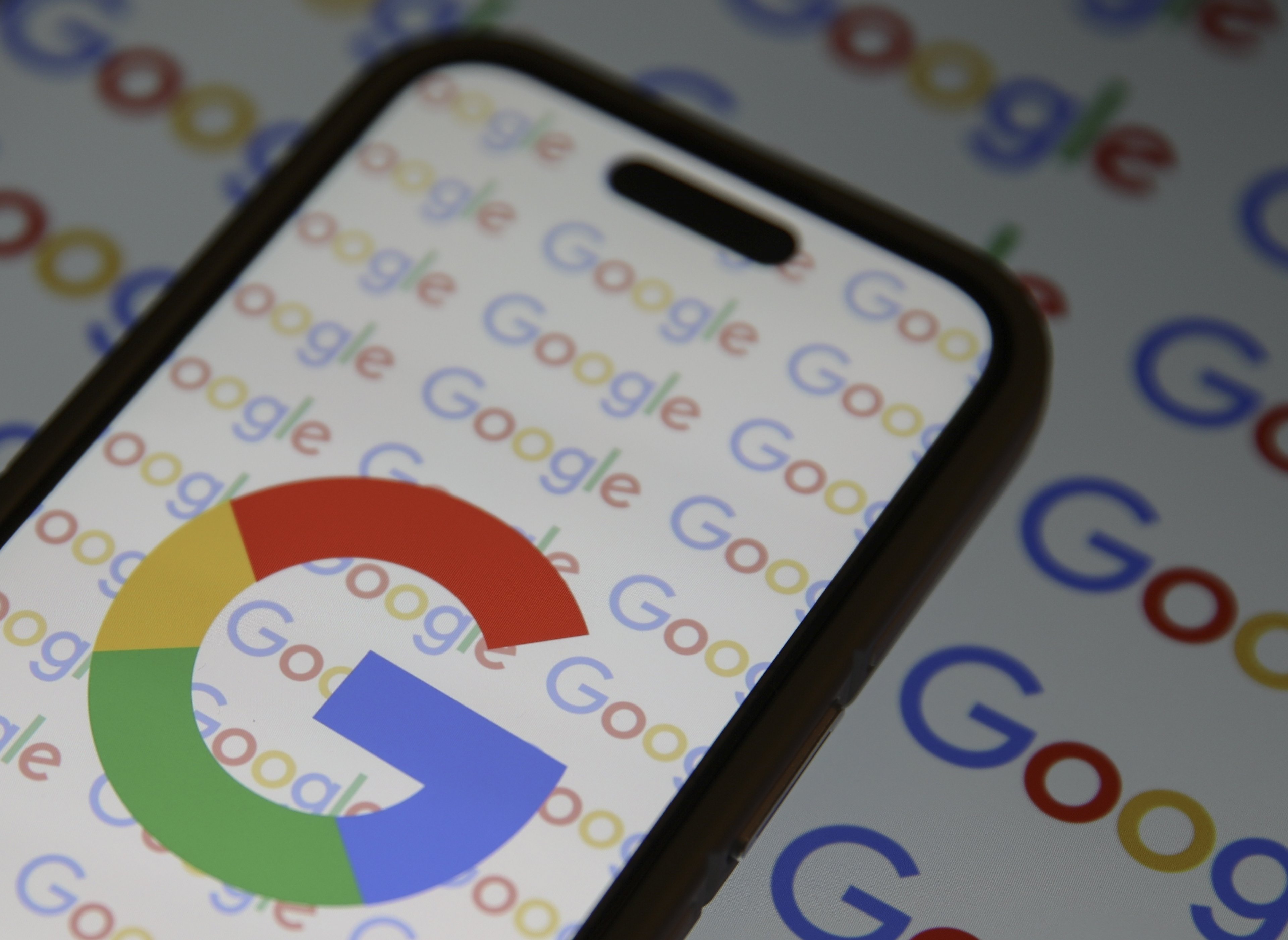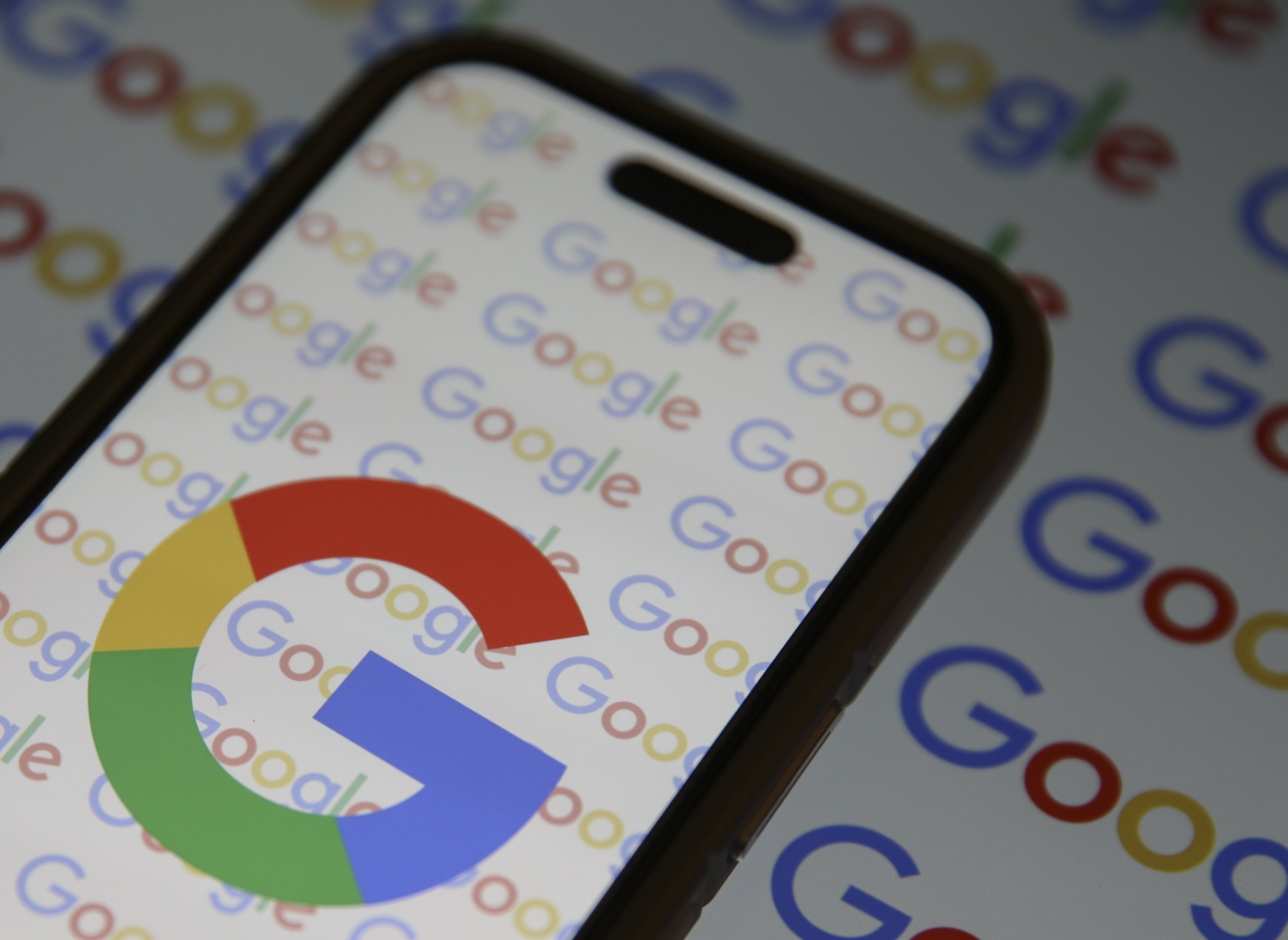Most of the time, when we make calls on our smartphones, we tap into a vast system of cellular towers and stations spanning the entire country. The cellular signal from our phones is picked up by a tower, sent to other towers, and sent back down to a phone we're trying to reach. Most of the time, this works pretty well, although most of us likely know the parts of town, buildings, or stretches of road where this technology leaves us wanting.
But with the Internet's pervasiveness, and wireless technology, many companies are looking into ways to improve upon the cellular network model, by combining it with calling and texting via Wi-Fi. And Google's (GOOG 2.27%) (GOOGL 2.42%) recent move into the space with Google Fi brings the idea a certain level of validity.
But Google is hardly the only one jumping into Wi-Fi calling, and it won't be the only company to benefit, either.

Source: Google.
Shifting from cellular to Wi-Fi
Republic Wireless and FreedomPop -- and now Google -- sell devices running on T-Mobile and Sprint networks for their cellular connection (yes, they still have them), but default to Wi-Fi calling and texting first. That means when a free Wi-Fi connection is available, calls and text are funneled through that connection, then switch over to cellular connections when Wi-Fi isn't available, or if you move out of range.
T-Mobile realized the value of Wi-Fi calling last year and launched its own Wi-Fi calling routers for customers to place in their home -- a location where 57% of users across all carriers experience dropped calls. The phones functioned just like normal, expect when customers were at home, they would work over the home's Internet connection instead of a cellular network. But the real benefit of Wi-Fi calling comes when you take it outside the home.
Republic and FreedomPop can offer much lower plan prices because they function as mobile virtual network operators (MVNO), buying up cellular connections at discount prices and then selling cheap plans to customers. I recently switched to FreedomPop myself and should save about $800 per year as a result. Their savings come from not having to set put up the cellular network themselves, and by using less of it because their devices default to Wi-Fi connections.
Why Wi-Fi calling is the next wireless wave
Google's move into the space is meant to send a signal (pun intended!) to other wireless carriers. By focusing on both cellular and Wi-Fi calling, the company is trying to persuade carriers that doing the same can be good for both their networks and consumers.
Google charges $10 per 1GB of data, plus $20 per month for each line. And if Google Fi customers don't use up all of their data, Google puts a credit back in the customer's account to use the next month. Republic Wireless and FreedomPop offer even cheaper plans than Google Fi, and Republic just announced a similar Google plan that refunds customers for unused data.
Each of these companies are proving that selling Wi-Fi first smartphone plans like this is a viable way to do business, but it'll likely be a while before the major carriers implement a Wi-Fi first system. AT&T and Verizon have already said their networks are strong enough that they don't need to rely on Wi-Fi calling.
That may be true, but Google has already shown with its fiber Internet network, Google Fiber, if you can show customers a better, cheaper option, competing companies will eventually have to follow suit. And with the average smartphone bill topping $100 per month, the cellular model is clearly due for a disruption.






